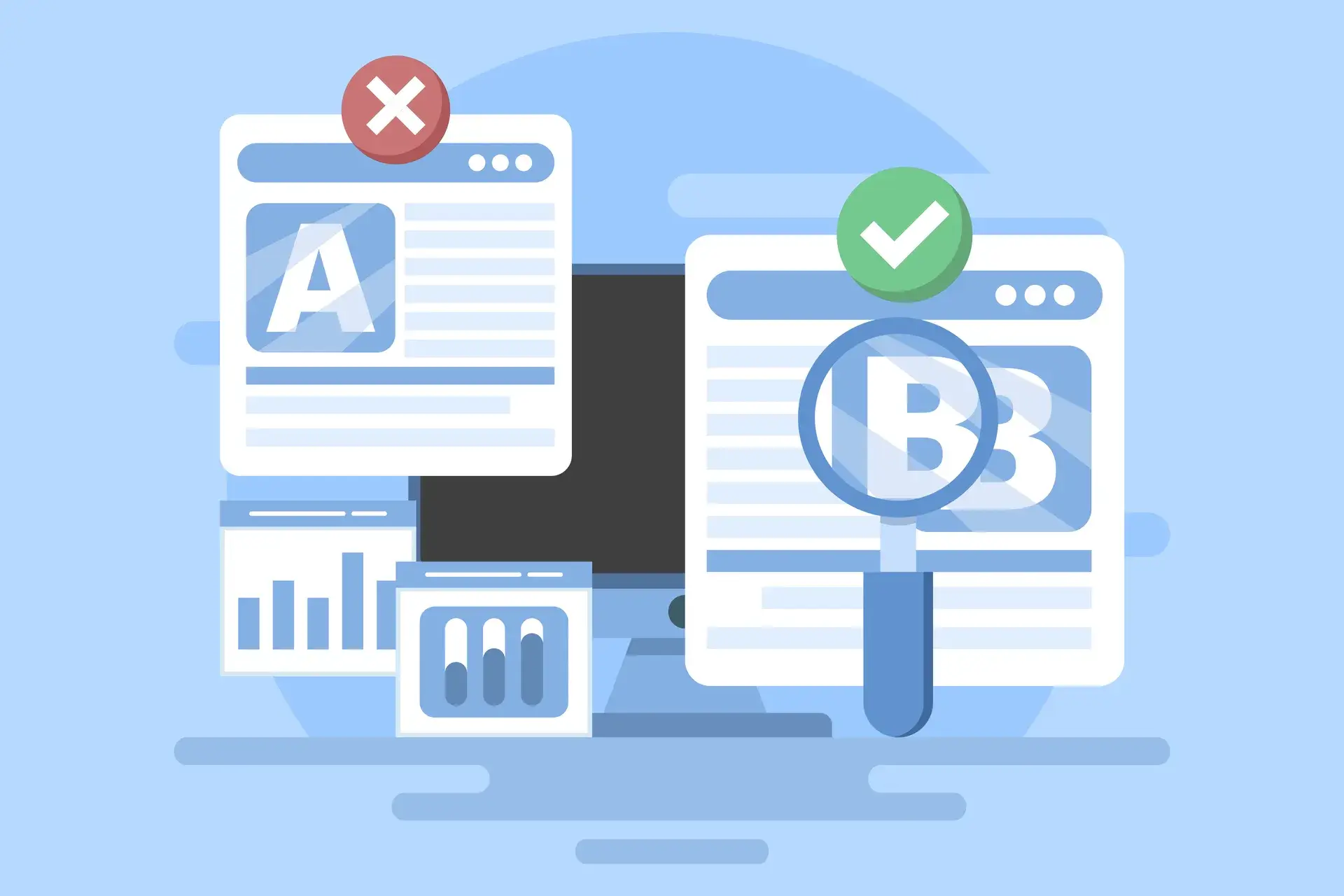Tracking converters play a pivotal role in measuring the success of your online campaigns. By accurately tracking conversions, businesses can optimize their marketing efforts, improve ROI, and make data-driven decisions. In this guide, we will explore what tracking converters are, how they work, and why they are essential for any digital marketing strategy.
What is a Tracking Converter?
A tracking converter is a tool or feature used to monitor and measure the actions users take on a website after interacting with an advertisement or marketing campaign. This can include actions such as making a purchase, signing up for a newsletter, or filling out a contact form.
How Do Tracking Converters Work?
Tracking converters operate using tracking codes (pixels or scripts) that are embedded in your website or landing pages. Here's how they typically work:
- Placement of Tracking Code: The tracking code is placed on the thank-you page or confirmation page users see after completing a desired action.
- Data Collection: When a user completes an action, the tracking code sends data back to the analytics platform, allowing you to see which campaigns led to conversions.
- Performance Analysis: Analyze the collected data to assess the effectiveness of your campaigns, allowing for adjustments to be made in real time.
Why Tracking Converters Are Important
Implementing tracking converters is crucial for several reasons:
- Measure Campaign Effectiveness: Understand which marketing strategies are driving conversions and which are falling short.
- Optimize Ad Spending: Allow for the reallocation of budget to the most effective channels, improving overall return on investment.
- Improve User Experience: Gain insights into user behavior, enabling you to enhance the customer journey and increase conversion rates.
Types of Tracking Converters
There are several types of tracking converters that businesses can utilize, including:
- Pixel Tracking: Uses a small image (1x1 pixel) embedded on a webpage to track user interactions.
- UTM Parameters: Tags added to URLs that help track the effectiveness of online marketing campaigns.
- Event Tracking: Monitors specific events like button clicks, video plays, or downloads to gauge user engagement.
Implementing Tracking Converters
To effectively implement tracking converters, follow these steps:
- Choose the right tracking platform (Google Analytics, Facebook Pixel, etc.).
- Set up goals and conversion actions in your analytics tool.
- Implement tracking code on relevant pages (typically confirmation pages).
- Regularly review your tracking data to make informed adjustments to your campaigns.
Conclusion
In the competitive digital landscape, understanding and utilizing tracking converters is essential for measuring and enhancing the effectiveness of your marketing strategies. By effectively tracking conversions, you can make informed decisions that lead to improved results and increased revenue. At Prebo Digital, we specialize in helping businesses maximize their online presence through comprehensive tracking and optimization strategies. Contact us today to learn more about how we can assist you!




